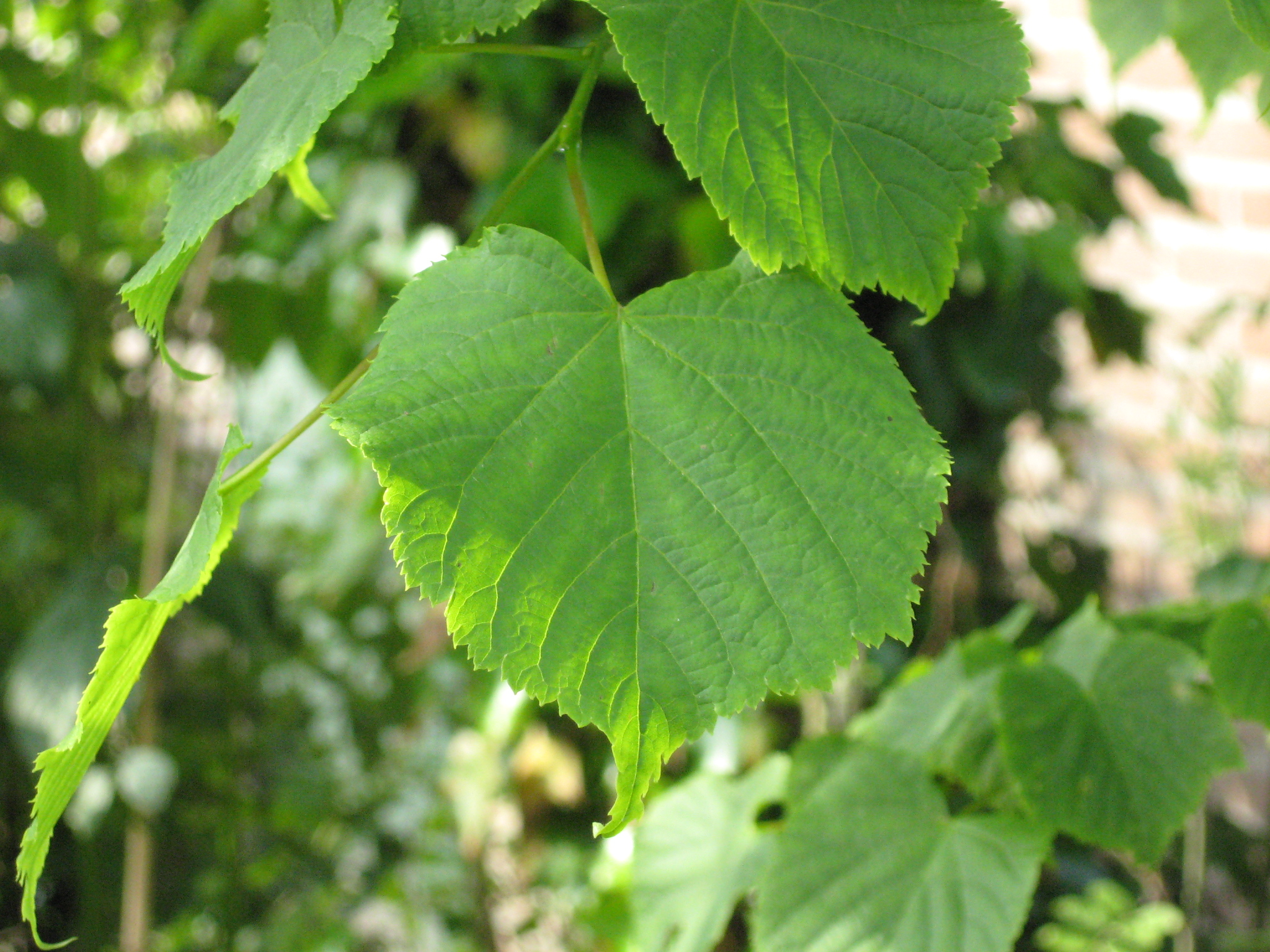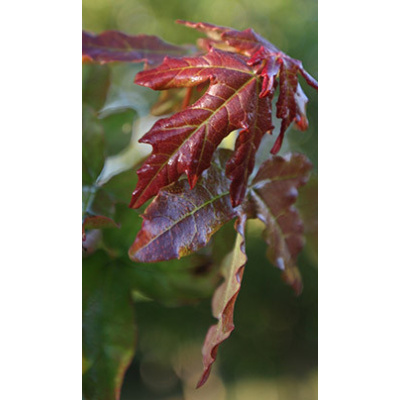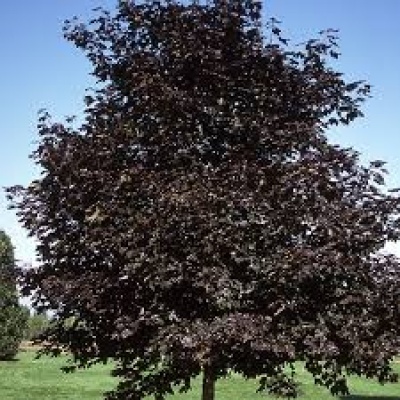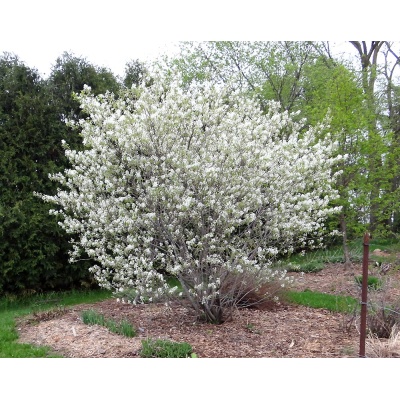Description
 Greenspire Linden | Tilia cordata ‘Greenspire’
Greenspire Linden | Tilia cordata ‘Greenspire’
Height: 50 feet
Spread: 35 feet
Sunlight:
Hardiness Zone: 4a
Other Names: Littleleaf Linden,
Description: A magnificent shade tree with a strong, spire-like shape throughout its life; fragrant yellow flowers in early summer when few trees bloom; very tidy and low maintenance, adaptable, makes an excellent lawn or street specimen, great by a pool or deck
Ornamental Features
Greenspire Linden features subtle clusters of fragrant yellow flowers with tan bracts hanging below the branches in early summer. It has dark green foliage throughout the season. The heart-shaped leaves turn an outstanding gold in the fall. The fruit is not ornamentally significant.
Landscape Attributes
Greenspire Linden is a dense deciduous tree with a strong central leader and a distinctive and refined pyramidal form. Its average texture blends into the landscape, but can be balanced by one or two finer or coarser trees or shrubs for an effective composition.
This is a high maintenance tree that will require regular care and upkeep, and is best pruned in late winter once the threat of extreme cold has passed. It is a good choice for attracting bees to your yard. Gardeners should be aware of the following characteristic(s) that may warrant special consideration;
Insects
Greenspire Linden is recommended for the following landscape applications;
Shade
Vertical Accent
Planting & Growing Greenspire Linden will grow to be about 50 feet tall at maturity, with a spread of 35 feet. It has a high canopy with a typical clearance of 6 feet from the ground, and should not be planted underneath power lines. As it matures, the lower branches of this tree can be strategically removed to create a high enough canopy to support unobstructed human traffic underneath. It grows at a medium rate, and under ideal conditions can be expected to live for 70 years or more.
This tree should only be grown in full sunlight. It is very adaptable to both dry and moist locations, and should do just fine under average home landscape conditions. It is not particular as to soil type or pH. It is highly tolerant of urban pollution and will even thrive in inner city environments. This is a selected variety of a species not originally from North America.




Reviews
There are no reviews yet.